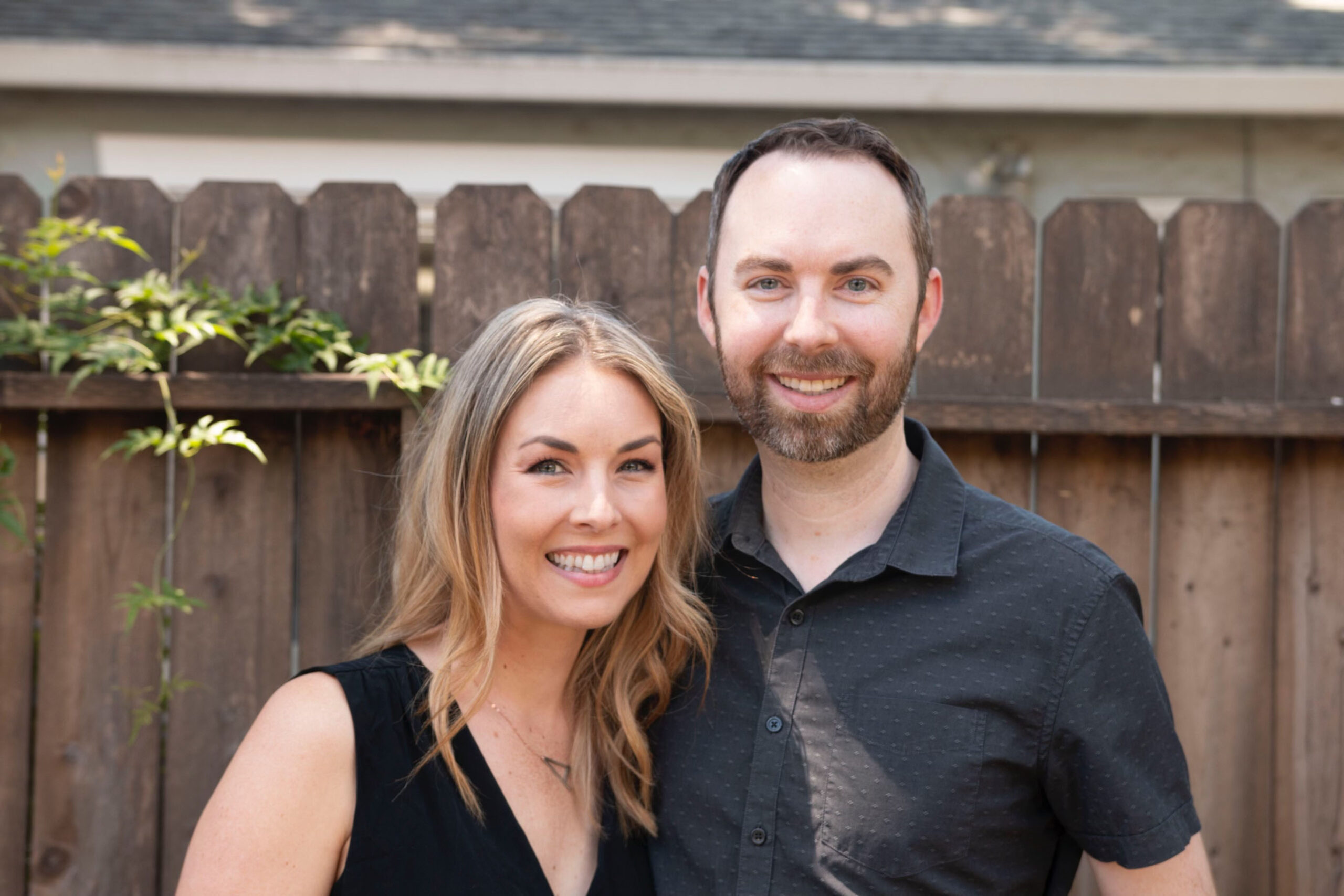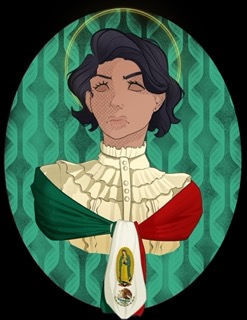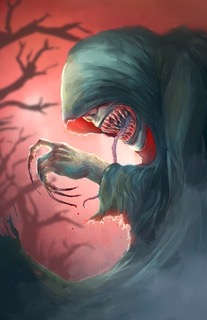Sibling Collaboration Spans Disciplines and CSU Campuses

“The best part of my job is working with my brother.”
A pair of siblings and Chico State alumni who both work in higher education—one a professor here at Chico State and another at Cal State East Bay—have established a new family tradition: getting their students to collaborate on a yearly publication.
Anna Rose Alexander recalls the moment when she caught a glimpse of her future.
“I remember sitting in [History Department faculty] Steve Lewis’s ‘History of Modern Latin America’ class and being at the edge of my seat on the first day,” Alexander (History, ’06) said, speaking of her time at Chico State. “I was blown away.”
From that point on, she was hooked on history, particularly Latin American history. Now an associate professor of history at Cal State East Bay, engaging her students is Alexander’s biggest challenge—and her greatest joy. One way she does this is through a publication called “East Bay Historia,” a collection of student-written and peer-reviewed essays that provides Alexander’s students the opportunity to publish original historical works. Students also gain real-life experience working in a publishing environment.
Since 2017, “East Bay Historia” has been published at the end of each academic year and students choose their own essay topics. In 2020, Alexander sought ways to improve on the well-received publication. Thinking that adding student-created art to the essays could elevate it, she called upon Chico State art assistant professor Josh Funk to see if he would be interested in guiding his students to produce original digital illustrations to accompany the essays.
“We fit that into my digital illustration class as an assignment focusing on editorial illustration. It’s the illustration that must find the essence of the writing and sum it up in a visual to make someone stop turning the pages and say, ‘what’s this about?’” said Funk (Art Studio, ’07). “A striking image won’t tell the reader everything, but enough where they get the idea and want to keep reading.”

A rewarding collaboration for students and siblings
For the last four issues, including 2023, this cross-disciplinary, multi-campus effort has been a unique and rewarding collaboration for both. And what makes this partnership even more special, is that Funk is Alexander’s older brother.
“Having these beautiful, very poignant illustrations has elevated our journal to new heights,” she said. “The best part of my job is working with my brother.”
The siblings make sure that the process of putting the publication together simulates a professional setting. Alexander receives up to 30 submissions for each issue, with anywhere from eight to 14 pieces selected (12 appeared in the 2023 issue). Each essay goes through an extensive peer review.
“It’s all anonymous, so the author doesn’t know who’s reviewing, and the students reviewing don’t know who the author is,” she said. “The reviewers fill out long forms and give lots of critique and feedback—it’s exactly like an academic periodical.”
After the essays to appear in the journal are selected, the authors have the next several weeks to revise and then resubmit their works.
“That’s when we start heavily editing and check facts and dates and all of the fun, nitty-gritty stuff of copy editing,” Alexander said.
Karla Vega was in Alexander’s “History Lab” class when she learned of the opportunity to get involved in “East Bay Historia”—she jumped at the chance. All told, Vega (History, ’20) held positions as the publication’s chief design officer in 2019, its editor-in-chief in 2020, and its assistant advisor in 2021; she also contributed essays in 2020 and 2021.

“When you mention history, you usually think about photographs, primary sources, and written letters—you don’t really think about digital art,” she said. “It was really nice seeing one student’s hard work turned into another student’s hard work and then coming together in book form.”
The digital art piece of the puzzle happens after the essays are selected and sent to Funk, who assigns two to three of his students to each essay after which a committee will judge which illustration best represents the piece to be featured in the publication.
“It’s a good way for my students who want to work professionally as illustrators to get that taste of ‘you’re going to be competing in the real world, and you might not always get it,’” Funk said. “It’s a good lesson to experience what it takes to make it as an illustrator.”
Chico State graduate Isabella McMurry’s digital illustrations appeared in two issues of “East Bay Historia”—Volumes 4 and 6. In creating her digital art to accompany the essays, McMurry (Digital Media, ’23) reflected on the authors’ thoughts and feelings.
“I considered what each writer must have felt while creating their own piece of art, being considerate of it,” she said. “I wanted to respect that perspective and consider what they were thinking, instead of bulldozing and only drawing what I thought I wanted.”
The result is a publication that is shared around the Cal State East Bay campus and an experience that Chico State and Cal State East Bay students can remember, pull from, and show to their future employers.
“It’s really important for an artist’s CV, it doesn’t look as good to have everything from one city, even if that city is New York,” Funk said. “Having experience in different cities can be extremely helpful.”
All seven of East Bay Historia’s issues can be found here.


